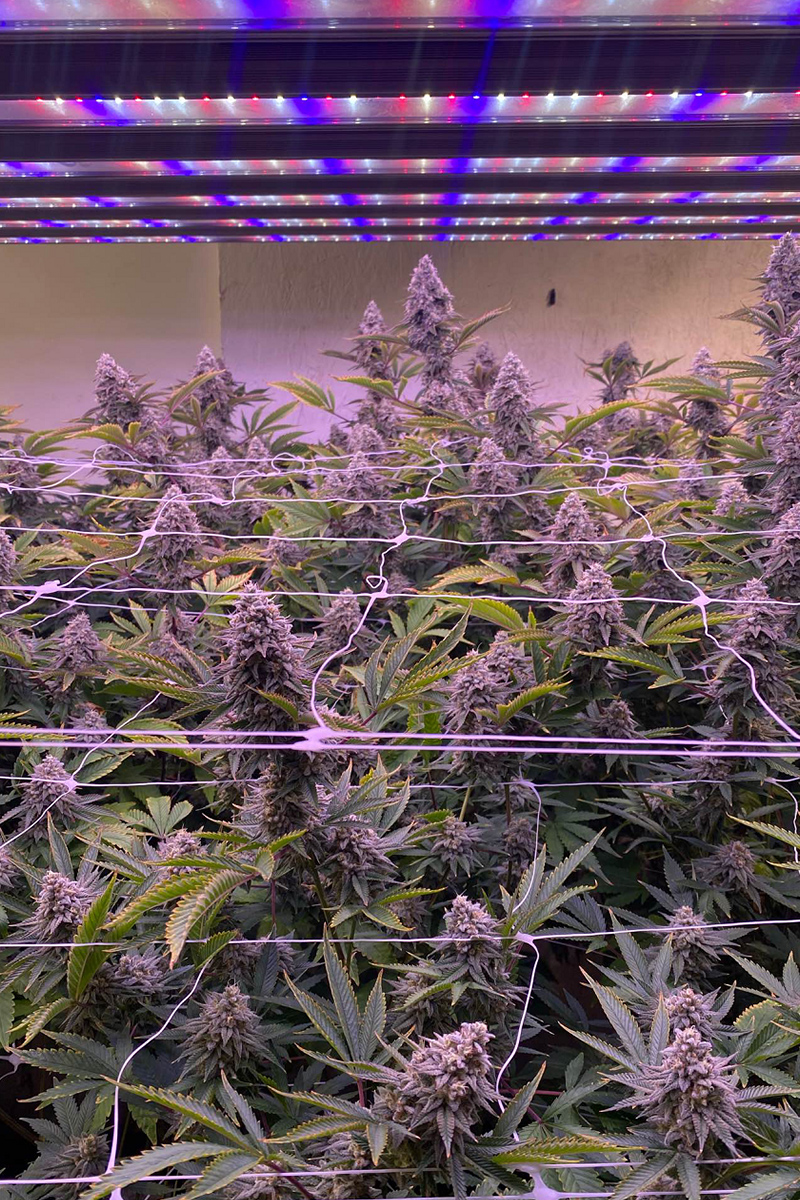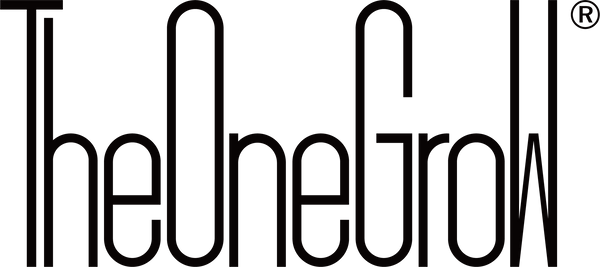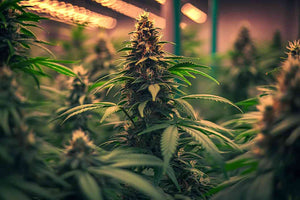If you have ever been a grower, this question has surely crossed your mind. Which grow light is best for growing?
Like water and CO2, light is a key element for photosynthesis. The correct choice and implementation of a lighting system will greatly contribute to the growth of your plants. Whether you are a professional grower or a simple "home grower", the priorities to keep in mind when choosing lighting are always the same: we want quality, and we want to get it at the lowest possible cost!
Keeping these goals in mind, we can begin to list the characteristics we are looking for.
-
Spectrum: Is light suitable for plant growth? How accurately does it mimic the sun?
-
Electricity efficiency: How much light is emitted relative to the energy consumption? How many grams of harvest can be used to pay for the electricity bill? What is the ratio between the electricity bill and the light energy that the plant can use (man/j)?
-
Initial cost: How much does it cost to illuminate my growing area?
-
Duration: How often do I need to change the bulb?
Keeping these four factors in mind, we compared the planting lights on the market.
HPS and MH discharge lamps

These lights are undoubtedly the most popular and widely tested lights for a variety of growing. These glass bulbs typically have a wattage of 50 to 1000W and contain a pressurized gas that is ionized by two electrodes to produce photons.
Over time, the technology has matured to offer gas mixtures that emit a fairly complete spectrum and have acceptable efficiency when combined with electronic ballasts.
The latest developments in this technology are the CMH (Ceramic Metal Halide) and HPS double-ended bulbs. Both have a wide spectrum and an efficiency of about 1.8umol/j. These lamps produce a significant proportion of UV and IR (about 20%): these frequencies help to mimic the solar spectrum, but are almost completely converted into heat. This requires a proper extraction system and the grower must be careful not to burn the growing leaves towards the light.
On the other hand, the rich green and yellow spectrum allows the light produced by these special lamps to penetrate the leaves, which is difficult to achieve with other systems. For this reason, they are usually mounted at a fixed height on the ceiling.
Consumption and cost
HPS has been around for a long time and works well, so there are many "loyal" growers who will not replace it with other products.
The initial cost of an HPS system with power supply and reflector is not high (a complete 600W kit costs about 150€), but HPS bulbs wear out very quickly, so after a few months the intensity will decrease and we will have to replace the bulb.
We recommend these systems to occasional growers who want to spend less money in the short term but still get satisfactory results, especially those who live in cold regions. In this way, the excess heat becomes an advantage rather than a disadvantage.
Low consumption fluorescent lamp (CFL)

Low-consumption CFL fluorescent lamps allow us to replace old incandescent bulbs, which generate more heat than light. The working principle is similar to that of HPS technology: the bulb consists of a high-pressure glass tube filled with mercury and rare gases and two electrodes that generate UV light that is stimulated by an electronic ballast. The light then passes through the phosphor that covers the glass tube and is converted into white light.
These bulbs are also available in various sizes and wattages and are widely used in professional and home cultivation due to their low heat generation. The spectral quality is acceptable, but the system has many limitations: the emitted light is never too strong to glow, and the electrical efficiency is lower than that of HPS systems; for the best brands it is about 1.3umol/j.
CFL bulbs are still very suitable for providing a low-power light source in the early vegetative and cloning stages, providing an easy-to-use, low-heat solution. Plants can also grow in contact with the bulb without being burned out.
These lights are inexpensive, have a long life (about 10,000 hours of light), and we
This system is recommended for growers who need to economically solve plant growth stage problems
Light Emitting Diode (LED)

LEDs were conceived in 1962 by the American inventor Nick Holonyak Jr. and have come a long way to become a solution that can replace any other system in most applications. So far, we can say that LEDs dominate the general and departmental lighting market.
The operation of LEDs is much more complex than the older technologies: small diodes doped with semiconductor materials are energized with a constant current. Using the optical properties of different materials, we can get different colors.
Although the operation seems more complicated, the technology has been able to gain a foothold in the market due to its high reliability, excellent efficiency and low cost. LED diodes do not contain toxic gases, so the most important thing is the environment.
LED diodes are available in different sizes and wattages, and have revolutionized the horticultural market by allowing companies to create increasingly effective lighting solutions and increasingly complex light spectra.
In recent years, some manufacturers of horticultural LED lights have misled growers and become victims of improper marketing. They peddle any color other than red or blue, saying that it is useless and unusable for plants. They present dubious graphics that show that green light is completely reflected by leaves and claim that they offer you the most effective product, but they are all fake and the product is probably garbage.
The marijuana plantation illuminated by the LED light strip all puts the LED planting light in a bad state. Growers find that they have a characteristic purple light. Although this purple light has fewer heat problems when planting plants, it also causes "stretching" problems, poor harvests and insufficient flower development.
This is not only due to the poor quality of the diode itself, but also due to the lack of all other frequencies in the spectrum. In fact, plants need light with the widest possible spectrum (such as the solar spectrum). Today, the industry is dominated by white LEDs.
Excluding scams from producers who sell invalid products and misleading dishonest producers, today we have lights COB LED from "nearly double the efficiency of traditional high pressure sodium lamps and CFL bulbs (up to 2.6umol/J), especially from Full spectrum.
The efficiency of the light source and the lack of infrared rays make most LED lamps almost no heat dissipation, which is conducive to controlling the temperature of the growth chamber and reducing the cost of air extraction. All of this will ensure that you get a good harvest with less electricity.
The cost is definitely high, but the duration and efficiency of the system will give you a more or less short time to recover your investment.

